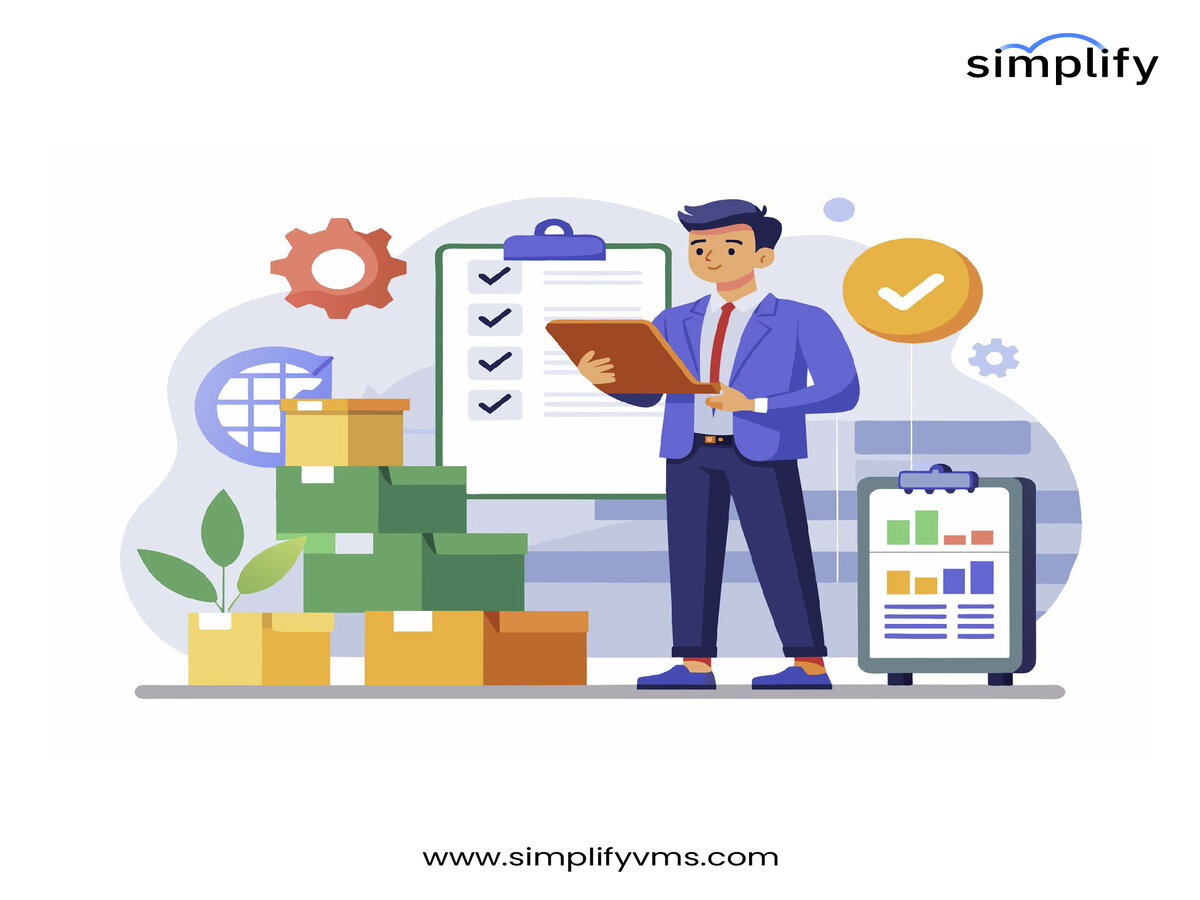
In an era where adaptability defines business success, organizations are embracing contingent workforce solutions to access specialized skills, scale operations, and maintain flexibility. Managing temporary and contract workers, however, requires sophisticated technology to ensure efficiency and compliance. Contingent Workforce Software, paired with a Vendor Management System (VMS) and a robust Applicant Tracking System (ATS), offers a comprehensive approach to optimizing workforce management.
What is a Vendor Management System (VMS)?
A Vendor Management System (VMS) is a technology platform that streamlines the sourcing, management, and payment of contingent workers and service providers. It acts as a central hub where organizations can oversee the entire lifecycle of their external workforce procurement.
Key features of a VMS include:
- Centralized Procurement: Manage vendor contracts, contingent labor requests, and service engagements from a single platform.
- Cost and Compliance Controls: Automate rate standardization, track spending, and ensure adherence to labor regulations.
- Performance Metrics: Evaluate vendor performance with key performance indicators (KPIs) to optimize supplier relationships.
- Automation of Workflows: From requisition to payment, a VMS reduces manual processes, improving accuracy and efficiency.
With a VMS in place, businesses gain transparency and control over vendor activities, making it a critical tool for effective contingent workforce management.
The Role of Contingent Workforce Software
Contingent workforce software goes beyond traditional VMS capabilities by integrating broader functionalities tailored to today’s agile employment landscape. It facilitates the strategic deployment of temporary and project-based talent with features like:
- Direct Sourcing Integration: Access pre-curated talent pools for faster and more cost-effective hiring.
- Compliance Management: Automated risk mitigation for global workforce engagements.
- Resource Planning: Optimize workforce allocation and reduce downtime by matching skills to project requirements.
When combined, a robust contingent workforce platform and VMS provide unmatched agility in managing dynamic labor needs.
The Best Applicant Tracking Systems (ATS)
An Applicant Tracking System (ATS) is pivotal for managing the recruiting lifecycle of both permanent and contingent hires. A top-performing ATS integrates seamlessly with VMS and contingent workforce software to create a unified hiring strategy.
Key characteristics of the best ATS platforms include:
- Intelligent Candidate Matching: Leverage AI-driven algorithms to match candidates to job roles based on skills, experience, and preferences.
- Mobile Accessibility: Ensure recruiters and hiring managers can manage the hiring process on the go.
- Customizable Workflows: Adapt the hiring stages to fit unique business processes.
- Comprehensive Analytics: Gain insights into hiring timelines, candidate quality, and recruitment funnel efficiency.
Top ATS solutions, when integrated with contingent workforce software and a VMS, create a powerful ecosystem for sourcing, managing, and retaining talent.
The Benefits of Integrated Workforce Solutions
By combining contingent workforce software, VMS, and ATS capabilities, businesses achieve:
- Streamlined Hiring Processes: Unified platforms reduce complexity and speed up time-to-hire.
- Cost Optimization: Automation and direct sourcing reduce agency fees and administrative expenses.
- Enhanced Compliance: Built-in compliance tools ensure adherence to labor laws and regulatory requirements.
- Data-Driven Decisions: Centralized analytics provide actionable insights into workforce strategies.
Conclusion
Managing a diverse and dynamic workforce requires more than isolated tools. An integrated approach leveraging Contingent Workforce Software, VMS, and the best ATS solutions empowers organizations to optimize their labor strategies, ensure compliance, and drive cost efficiencies. As the future of work continues to evolve, investing in a comprehensive technology stack is key to staying competitive.






